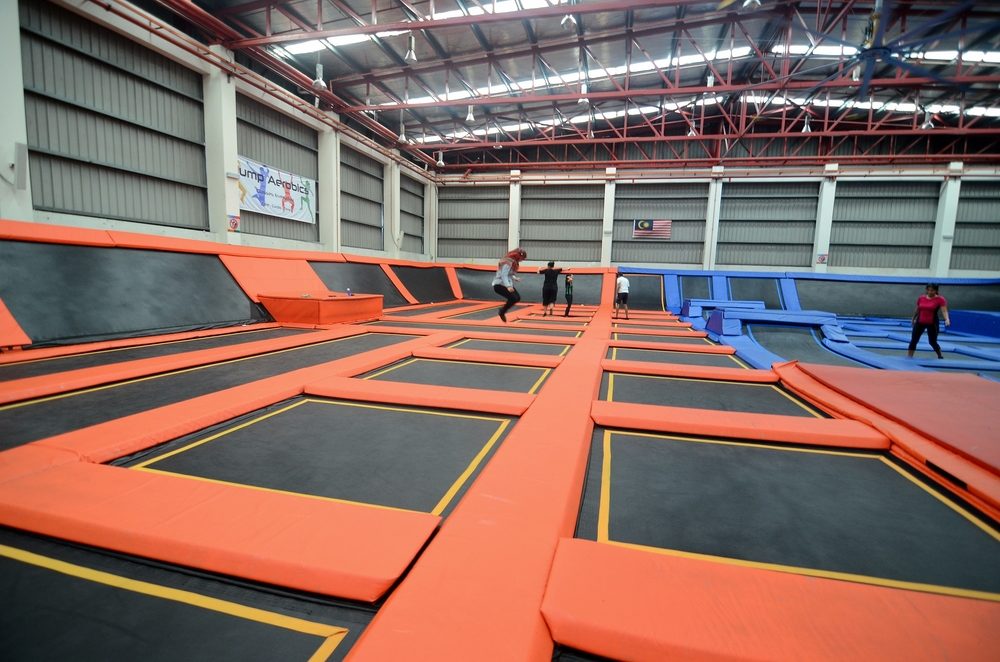Trampoline “Jump Parks” Linked To More Severe Injuries, Fractures, Dislocations: Study

Children and adults who visit trampoline “jump parks” typically sustain more severe injuries than those who use a home trampoline, with higher rates of fractures, dislocations and other injuries that result in the need for surgical treatments, according to a new study.
In a report published last month in the Journal of the American Academy of Orthopedic Surgeons, researchers from the University of Tennessee compared commercial trampoline park injuries to those linked to home trampolines over a two year period, examining reports involving a total of 439 injuries.
Overall, more injuries occurred on home trampolines than jump park trampolines, with 66% occurring at private residents, compared to 35% that occurred at jump parks or commercial establishments. However, the rate of jump park injuries were greater, as was the severity.

Did You Know?
Millions of Philips CPAP Machines Recalled
Philips DreamStation, CPAP and BiPAP machines sold in recent years may pose a risk of cancer, lung damage and other injuries.
Learn MoreMore than half of the injuries sustained at jump parks involved fractures and dislocations, while roughly 44% of home trampoline injuries involved fractures or dislocations.
Both children and adults suffered more leg and foot injuries at jump parks than at home. When adults were hurt at a jump park, they needed surgery 23% of the time, compared to needing surgery 10% of the time after suffering an injury on a home trampoline.
The increased risk of severe injuries may be due to the stronger bounce factor for trampolines at jump parks. Trampolines at jump parks often are interconnected, have obstacles, such as slopes or foam pits, or involve games that can pose a risk of injury that is not present at home.
In addition, the number of people jumping at the same time at a trampoline park can increase the chance of collisions and risk of injury, researchers noted.
Rates of trampoline related injuries have continued to skyrocket in recent years. A study published in 2016 indicated trampoline injuries rose from 600 in 2010 to nearly 7,000 by 2014, according to data from the National Electronic Injury Surveillance System.
According to data published by the U.S. Consumer Product Safety Commission, in 2014 there were more than 100,000 trampoline related emergency room visits. Trampolines remain one of the most dangerous items for both children and adults and safety precautions should be taken when using one.
Get more articles like this sent directly to your inbox.
"*" indicates required fields




0 Comments